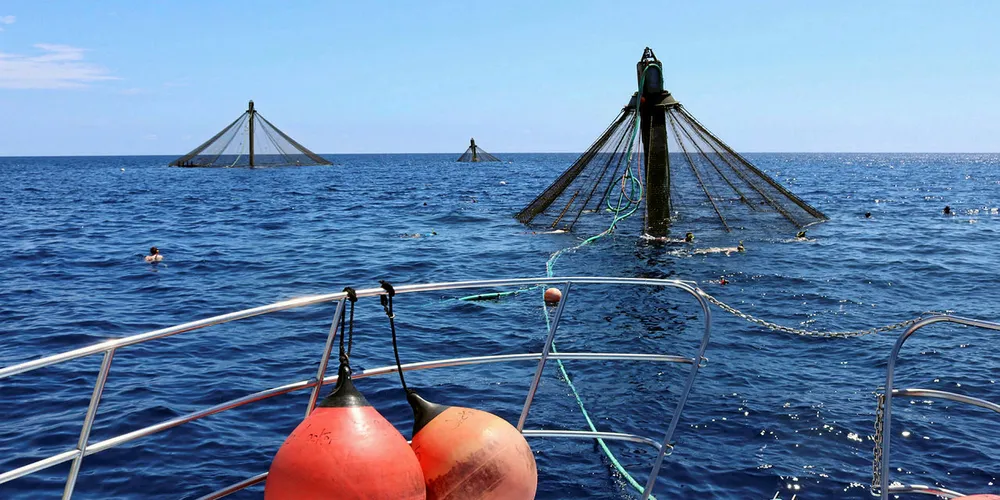NOAA designates two new offshore aquaculture development zones in US waters
The size and shape of operations in each area will be determined as part of the new 'Aquaculture Opportunity Area' identification process.

The size and shape of operations in each area will be determined as part of the new 'Aquaculture Opportunity Area' identification process.
